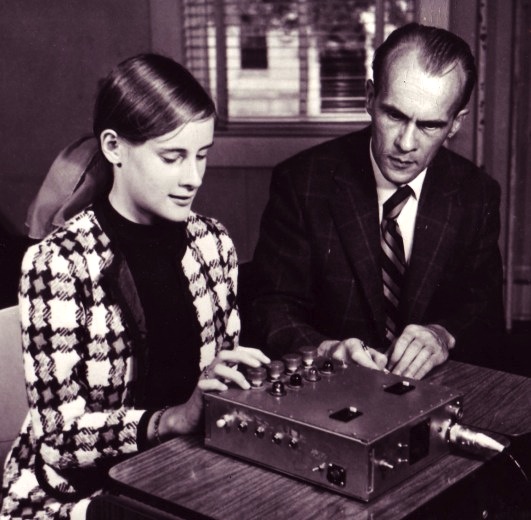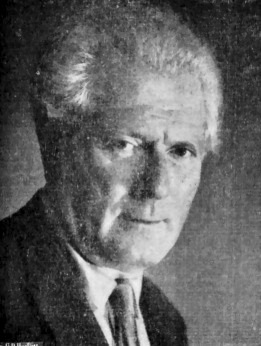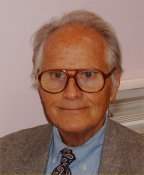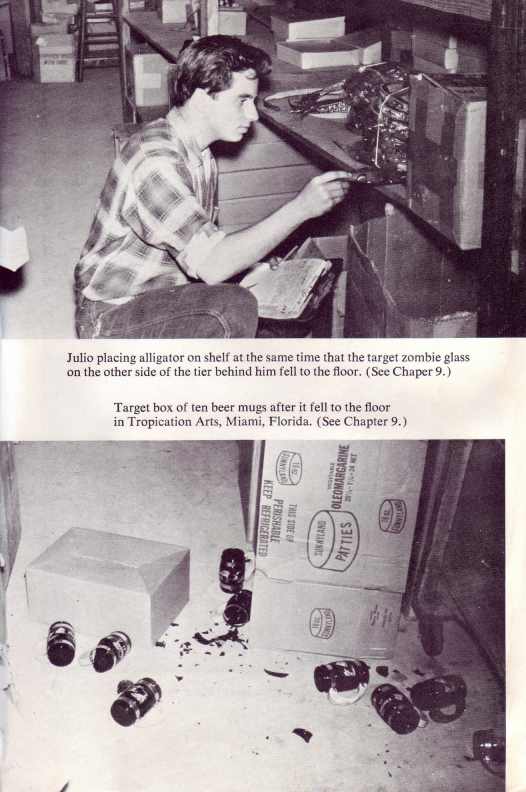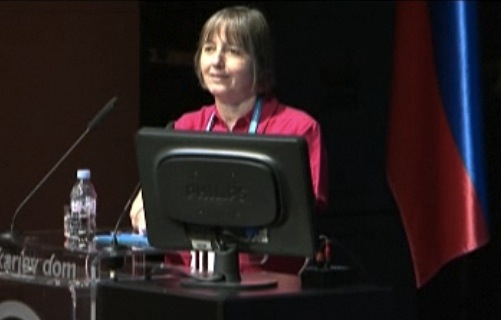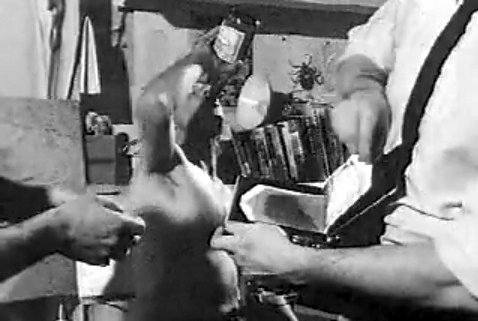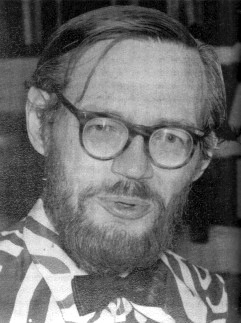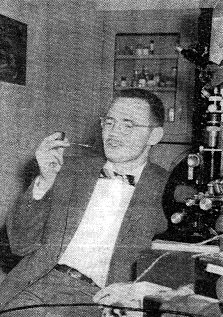Helmut Schmidt, Rest in Peace.
I only just learned that Helmut Schmidt, a German parapsychologist I’d researched, died on August 18, 2011. How sad that I heard about this two years after the fact. From my book:
Many years later [I was writing about the 1940’s] Helmut Schmidt, a German physicist who worked at Boeing’s research laboratory, and later for Rhine, would develop a PK experiment involving a device called a random number generator. Using the process of radioactive decay to randomly illuminate a circle of lights, subjects were asked to influence which direction the lights lit. The results were so impressive that when referring to later versions of this test, scientist and skeptic Carl Sagan would grudgingly concede that “by thought alone humans can (barely) affect random number generators in computers,” unable to resist pointing out that modern PK tests, like the telepathy tests, indicated a weak effect, as if weak effects are trivial or unimportant. The effect of aspirin in reducing hearts attacks is even weaker, but nonetheless life-saving. The fact that the effect of PK is weak does not in itself diminish its significance.
Schmidt’s time working for J. B. Rhine was not a happy one alas, and when I tried to talk to him about it he told me he found the memories so hurtful he didn’t want to discuss it. I do know that he later reconnected with one of Rhine’s daughters. I believe through her the wounds were healed.
That is Helmut Schmidt in the photograph below. From the caption that came with the photograph:
A recent development in the testing of precognition is the electronic machine shown. It emphasizes elements of fun and challenge to prevent build-up of emotional blocking mechanisms in the subject. The four lamps of different colors light up in different sequence: The subjects task is to predict which one will light next and push the corresponding button. The machine uses single quantum processes which may form nature’s most elementary source of randomness. And electronic counter that counts (at a rate of 10 to the 6th power per second) in the sequence 1,2,3,4 1…is stopped at the random time when an electron emitted by a radioactive source (strontium 90).
This machine and others is on display at the Museum at the Rhine Research Center.
